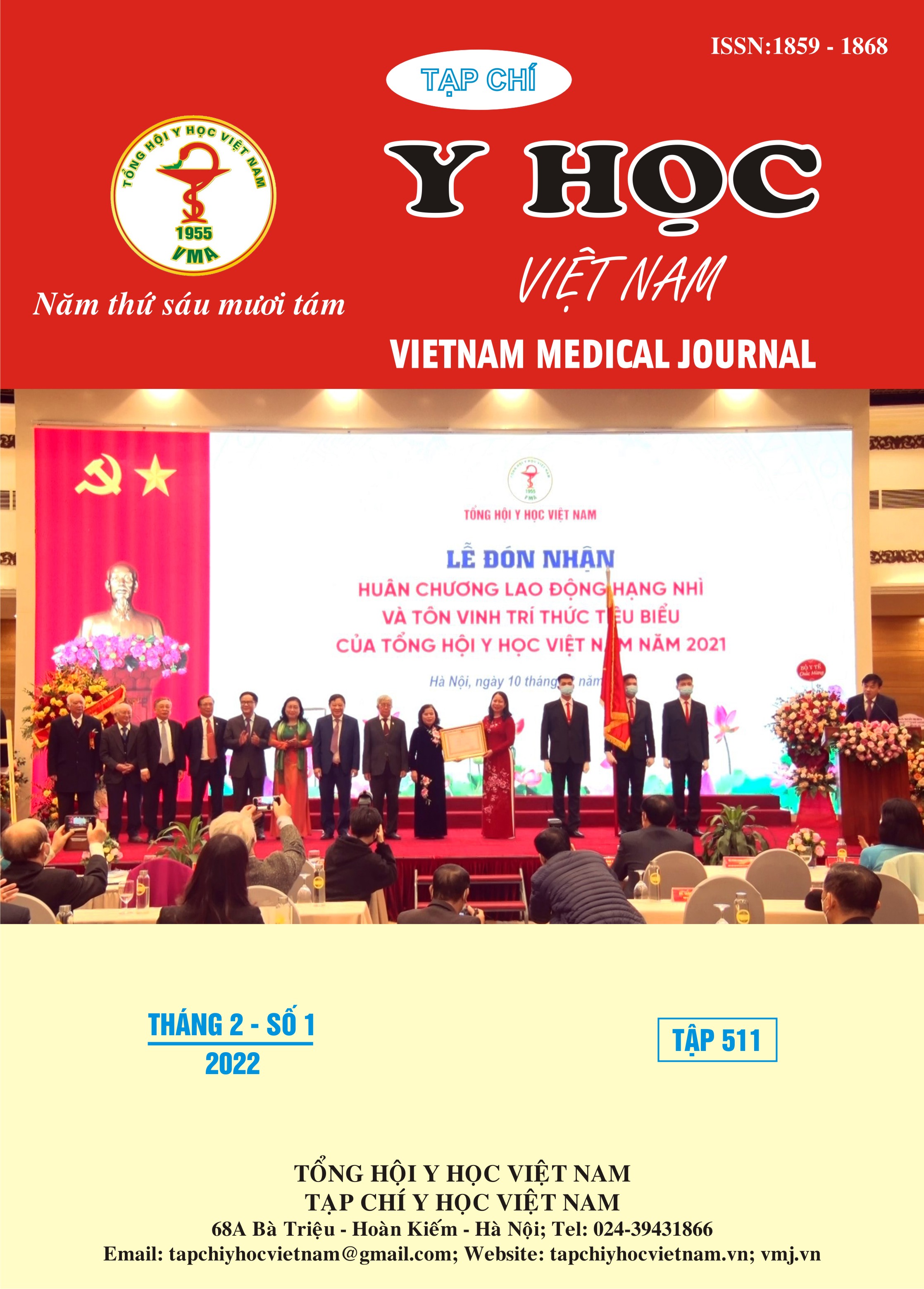TESTOSTERONE CONCENTRATION STUDY IN TYPE 2 DIABETES MEN PATIENTS
Main Article Content
Abstract
Background: Type 2 diabetes is a disease with a high incidence and increasing year by year. According to the IDF in 2019, around 463 million people worldwide have diabetes, in Southeast Asia this number is estimated at 87.6 million. Recent studies have shown a very large association between type 2 diabetes and testosterone levels in men, a hormone important for health and psychophysiology. Most male patients with type 2 diabetes have undiagnosed low testosterone levels, and determination of testosterone levels is essential in the comprehensive care and treatment of these patients. Objective: Determination of serum testosterone levels in male patients with type 2 diabetes mellitus and comparison with controls. Methods: A cross-sectional descriptive study on 104 males was included in the study, divided into 2 groups including 56 male patients diagnosed with type 2 diabetes and 48 males in the control group. All study subjects were tested quantitatively for testosterone levels, the t-test and χ2 were used to compare the two groups. Results: The mean testosterone concentration in patients with type 2 diabetes was 351 ± 88.5 ng/dL lower than the control group 529.4 ± 136.5 ng/dL, the difference was statistically significant (p < 0.001); the rate of decrease in testosterone in the group of patients with type 2 diabetes was 44.6% higher than that in the control group, which was 6.3%; The difference was statistically significant (p < 0.001). Conclusion: There is a decrease in testosterone in patients with type 2 diabetes compared with the control group, the rate of testosterone reduction in patients with type 2 diabetes is high.
Article Details
Keywords
Diabetes, Testosterone
References
2. Cheung. K. K, Luk. A. O, So. W. Y, et al (2015), "Testosterone level in men with type 2 diabetes mellitus and related metabolic effects: A review of current evidence", J Diabetes Investig, 6 (2), pp. 112-123.
3. International diabetes Federation (2019), IDF DIABETES ATLAS Ninth edition 2019, pp. 3-5, 74.
4. Kumari.N, Khan. A, Shaikh.U, et al (2021), "Comparison of Testosterone Levels in Patients With and Without Type 2 Diabetes", pp. 1-6.
5. Vũ Ngọc Linh, Đỗ Trung Quân (2010), Nhận xét một số yếu tố liên quan tới rối loạn cương ở bệnh nhân đái tháo đường type 2, tr. 2-3.
6. Nguyễn Thị Phi Nga, Hồ Thị Lê, Phạm Cao Kỳ (2015), "Liên quan giữa nồng độ testosterone với thời gian mắc bệnh, glucose máu, HbA1C ở bệnh nhân nam đái tháo đường type 2", tr. 5-7.
7. Park. H. J, Ahn. S.T, Moon. D.G (2019), "Evolution of Guidelines for Testosterone Replacement Therapy", Journal of clinical medicine, 8 (3), pp. 410.
8. Paruk. I. M, Pirie. F. J, Nkwanyana. N. M, et al (2019), "Prevalence of low serum testosterone levels among men with type 2 diabetes mellitus attending two outpatient diabetes clinics in KwaZulu-Natal Province, South Africa", S Afr Med J, 109 (12), pp. 963-970.
9. Sepu. N, Adeleye. J. O, Kuti. M. O (2021), "Serum testosterone in Nigerian men with type 2 diabetes mellitus and its relationship with insulin sensitivity and glycemic control", J Natl Med Assoc, 113 (3), pp. 285-293.


